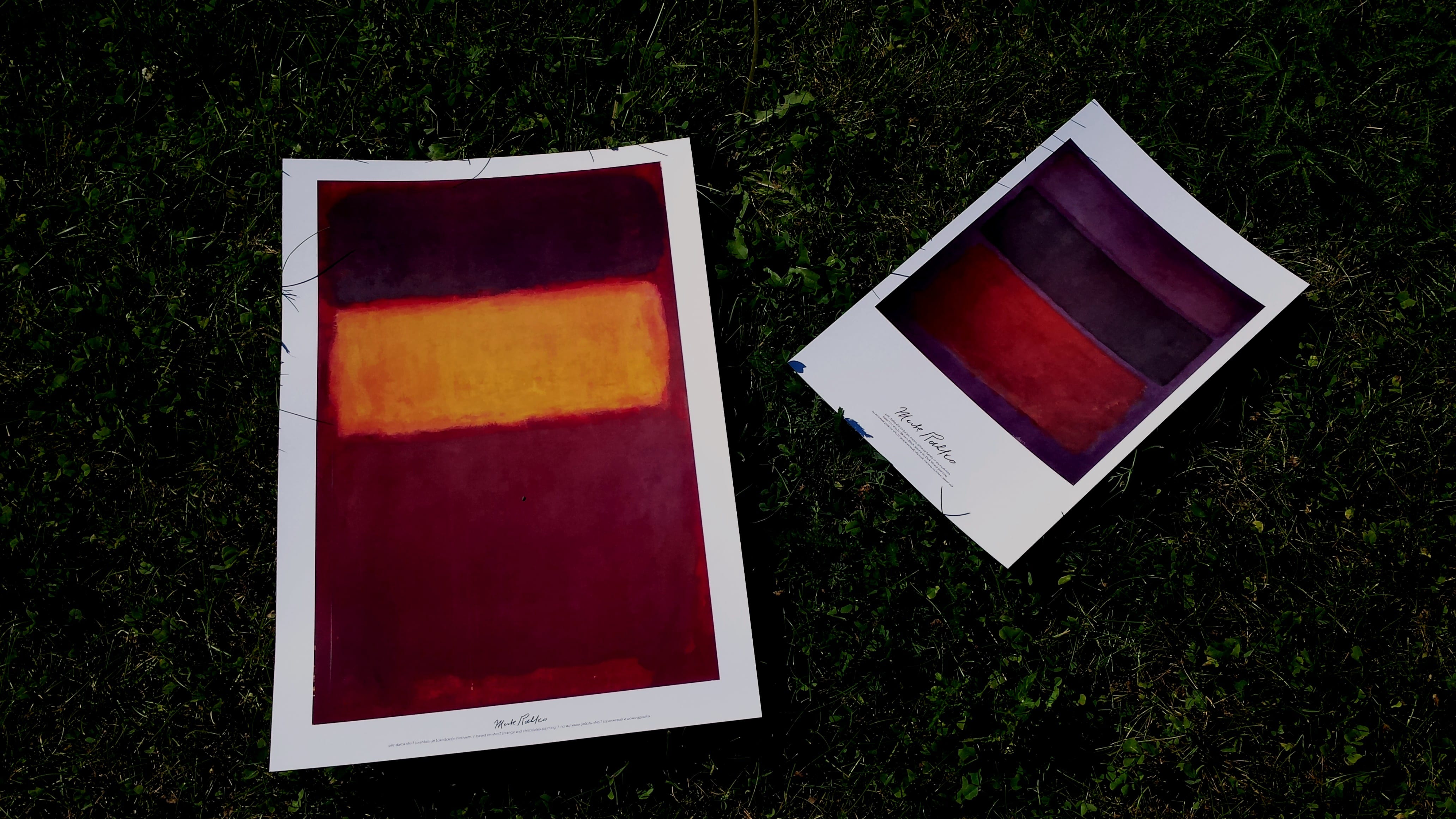In today’s art market with record high prices, anonymous sellers, and competitive buyers, purchasing art can be a risky investment. It is particularly risky when the $8.3 million Mark Rothko painting you just purchased could be a fake, painted by a man in his basement in Queens, New York.[1]
Fine art forgeries and the artists and dealers who spend their days creating and selling such works have been embarrassing the art world and deceiving the public for decades.[2] In recent years; however, more and more forgeries have been discovered with lawsuits being brought by angry customers demanding justice and a return on their failed investments. The scandal surrounding the famed Knoedler Gallery is one such case.
On Wednesday, February 10, 2016, De Sole v. Knoedler Gallery, a highly publicized two-and-a-half week civil trial involving some of the New York art community’s most prominent figures, came to an end with both sides agreeing to an undisclosed settlement.[3] The primary parties, in this case, were The Knoedler Gallery, one of the oldest and most prestigious commercial art galleries in the United States, and Domenico De Sole, Chairman of the Board of Directors of Sotheby’s.[4]
In 2004, De Sole and his family purchased for $8.3 million dollars a Mark Rothko color field painting from the Knoedler Gallery. Later, it was discovered that their new acquisition was a forgery.[5] De Sole filed a civil suit against the gallery and its former director, Ann Freedman, claiming $25 million in damages.[6] This case is just one of at least ten lawsuits pending against the Knoedler Gallery relating to accusations of fraud and conspiracy associated with the multi-million dollar art forgery scheme orchestrated by art dealer Glafira Rosales.[7]
At the heart of this scheme was New York City’s venerable Knoedler Gallery. The gallery, founded over 165 years ago, was forced to close under a cloud of scandal and accusations in 2011.[8] The closing was brought about when it was discovered that the gallery sold over thirty paintings attributed to abstract expressionist icons such as Jackson Pollack, Mark Rothko, Robert Motherwell, and William de Kooning, which were all eventually deemed forgeries.[9] These paintings and countless others were created by a Chinese immigrant named Pei-Shen Quian, living in Queens, New York. For over 15 years, Quian would paint forgeries of great abstract works upon the direction of Glafira Rosales.[10] Quian was paid several hundred to a few thousand dollars for each painting he produced. Rosales spun a story, which Ann Freedman, Knoedler’s director, apparently accepted without much inquiry, claiming the works were from a mysterious private collection of an anonymous estate based in Zurich and Mexico City.[11]
There were various factors that should have raised red flags at the Knoedler Gallery that the paintings acquired from Rosales were not what they appeared to be. For example, there was little to no documentation connected to the works’ histories, Rosales sold many of the pieces to the gallery well under the expected or reasonable market value, and the International Foundation for Art Research refused to authenticate at least one work claimed to be a Pollack. While Rosales plead guilty in 2013 to numerous criminal charges relating to the forgery scam, this month’s civil trial brought against Knoedler, its owner, and its former director exposes the underbelly of the art world to the general public. De Sole’s civil claim alleges that the gallery ownership and Freedman, knowingly and fraudulently acquired art with authentication issues, which they conspired with Rosales to sell to unsuspecting and unsophisticated buyers. De Sole claims the defendants violated a variety of state laws including fraud, conspiracy to commit fraud, and breach of warranty. The lawsuit also alleged a more serious claim of racketeering under the federal Racketeer Influenced and Corrupt Organizations Act (RICO).
Scandals like the one at the Knoedler Gallery shed light on the greater crisis of authentication within the art market. So often, auction houses, galleries, and museums fail to do their due diligence in authenticating a work of art for sale or display. Proper due diligence relies on the combined results of three standards. Today, more often than not authentication relies heavily on the opinion of art historians. This leaves room for subjectivity, guesswork, and reliance on experts who may be susceptible to the skills of a talented forger or unscrupulous dealer.[12]
Two additional pillars of authentication that should be used when purchasing fine art include obtaining verifiable and thorough ownership history, known as provenance, and conducting forensic analysis of works.[13] While complete authentication can be difficult to achieve due to a variety of factors, including the age of a piece and the desire for discretion, any purchaser of fine art must be satisfied that each of these authentication methods point toward the authenticity of their purchase.[14] If any of these authentication steps reveal concern about the piece, they should be considered red flags and evaluated with great objectivity and caution, contrary to what may have been the case in Knoedler.
For now, art lawyers can reduce the risk of a client purchasing a piece of forged art by playing an active and valuable advisory role throughout the purchasing process. Art lawyers should work to protect and safeguard a client’s investment interests in fine art by facilitating the acquisition, due diligence, and protection processes.[15] Drafting and reviewing purchase agreements to assure they include rescission clauses and gallery warranties will help provide some recourse should due diligence reveal discrepancies in authenticity or should the purchaser learn, as De Sole did, years later that their purchase is a forgery.[16] The adage “buyers beware” is as relevant in the art world as it is when purchasing other personal investments and an art lawyer can provide valuable counsel to collectors both big and small to help avoid the pitfalls so dramatically highlighted by the demise of the Knoedler Gallery.

